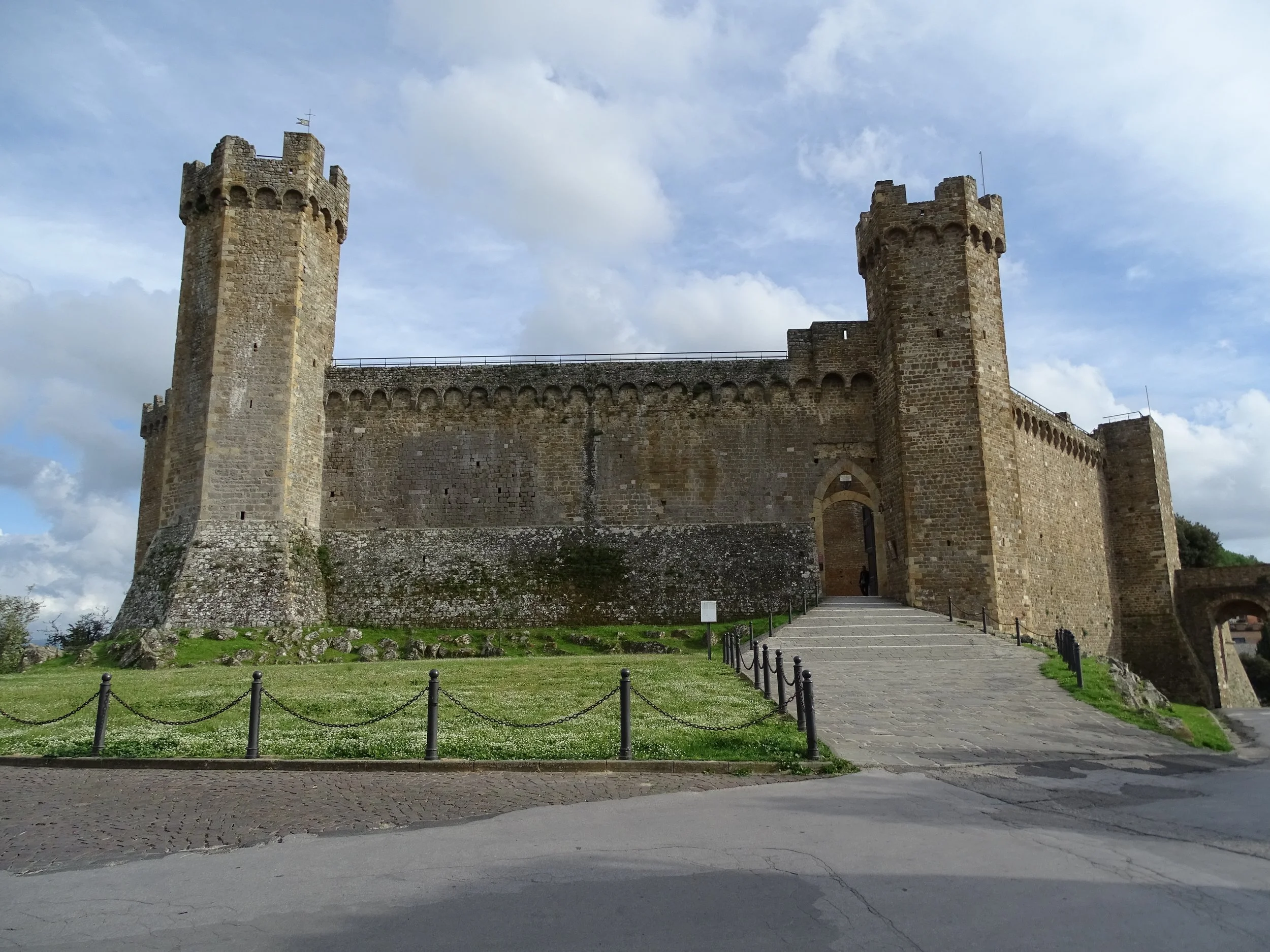Our company, located in the Florence area, offers excursions to the most famous art cities in Tuscany and central Italy . Florence and Tuscany history, together with the unique landscape and the art masterpieces that you can admire, will make your holiday unforgettable.
Private full day tour Val D’Orcia - Montalcino - Bagno Vignoni - Pienza - starting from Florence - about 10 hours long
Experience the beauty of southern Tuscany with a private tour from Florence to Montalcino and Pienza, accompanied by your private driver. Travel through the rolling landscapes of the Val d’Orcia, famous for its picturesque hills, cypress-lined roads, and timeless scenery.
Begin in Montalcino, renowned for its exquisite Brunello wine. Explore the medieval streets of this charming town and enjoy an optional tasting of Brunello at a local winery, savoring one of Italy’s finest wines.
Continue to Pienza, the Renaissance “ideal city,” admired for its charming squares, artisan shops, and breathtaking views of the Val d’Orcia. Explore at your own pace and immerse yourself in the authentic Tuscan countryside.
Relax throughout the day with a fully tailored experience. At the end of the tour, your driver will safely return you to Florence.
ROCCA OF MONTALCINO
This fine example of a 14C fortress has been remarkably well preserved despite the fact that the development of artillery in the following century made this type of defensive system vulnerabie to attack. The high walls, complete with a parapet walk and machicolations, form a huge pentagon in which the population could seek refuge. The angles of the structure are marked by five polygonal towers, one of which has been partly destroyed.
in the interior (left of the entrance) are the remains o fa basilica and (far right) the keep (mastio) designed to house officials and noblemen in times of siege; there Is wine-tasting (ground floor) and the standard of the Repubhic of Siena painted by Il Sodoma (second floor). From the parapet walk there is a vast panoramic view over the town and surrounding countryside.
The Origins of Pienza
Built of the top of a hill dominating the Orcia Valley (elevation 491 metres), Pienza is the most important example of an “Ideal Renaissance Town “. Originally the small town was just an hamlet called Corsignano (also mentioned by Boccaccio in one of his Decameron Novels). Here, the noble family Piccolomini lived, where they had some properties, after being exiled from Siena in 1385, for political reasons. So in Corsignano in 1405, was born the man who was to become the most important member of this old family and one of the most famous figures of the XV century in Italy: Enea Silvio Piccolomini.
The Cathedral of Pienza
The work, as per the wishes of the Pope, was bound to be of pre-eminent importance with its visual impact. Rising along the base of the trapezium, this unique construction is in fact, isolated from the others. The facade in travertine is in the purest Tuscan-Roman Renaissance style, here the reality of elegance, harmony and proportion unite the theory of the great humanistic thinkers. At the centre of the tympanum the Piccolomini coat-of-arms is within a fine crown of foliage and fruit probably executed, from a design by Rossellino, by Sienese workers. The octagonal bell-tower represents strong similarity with those of the Austrian and German Churches.
The interior has three naves of equal height, and is characterised by the intense light that penetrates the great gothic stained glass. The eclectic style of this sacred building was greatly inspired by the Hallenkirchen style of northern Europe that Enea Silvio, not yet Pope, admired during his travels.
Among the notable internal works are the altarpieces, all dating from between 1462 and 1463, and carried out by the major Sienese painters of the time: (from right) Giovanni di Paolo, Matteo di Giovanni, Lorenzo di Pietro, called Vecchietta, Sano di Pietro and again Matteo di Giovanni.
In the crypt are conserved sculptured fragments coming from the Romanesque church of S. Maria, demolished to make way for the new Cathedral and a baptismal font from Rossellino‘s workshop.




